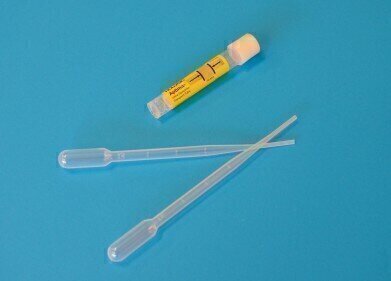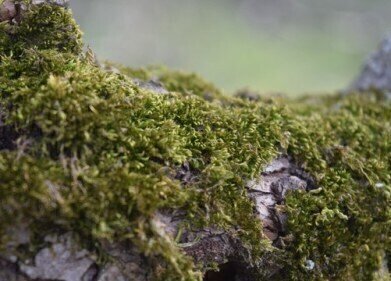Electrophoretic Separations
Dog's snout mimicked by nanotechnology to sniff out bombs
Nov 23 2012
The biological machinery behind canine scent receptors has been mimicked by a detector that utilises microfluidic nanotechnology to "sniff out" vapours from explosives and other substances.
The device is precise, extremely sensitive and transportable and could become very common additions to public places, such as airports and public transport.
It is also able to differentiate between particular substances from molecules that are similar and are highly sensitive to trace elements of specific vapour molecules, according to a study by researchers at the University of California in Santa Barbara (UCSB), led by professors Carl Meinhart of mechanical engineering and Martin Moskovits of chemistry,.
Dogs are one of the best ways to detect scents, however like humans, they tire, get distracted and have good and bad days, explained professor Meinhart.
The researchers have now developed a device with the same or better sensitivity as a dog's nose that passed the data into a computer and determines the type of molecule it is detecting.
Due to UCSB's Institute for Collaborative Biotechnologies, the integration of principles from chemistry and mechanical engineering has occurred and this is the key to their technology, stated the scientist.
"Sniffer" dogs can detect tiny amounts of a substance and can track molecules, unlike human noses.
The microscale size and biological design of the canine olfactory mucus layer - which absorbs and then concentrates airborne molecules – has been inspirational in the creation of this technology.
The mechanism is able to detect airborne molecules of a chemical named 2,4-dinitrotoluene, the main vapour emitted from TNT-based explosives.
It is capable of real-time detection and recognition of particular types of molecules and can sense molecules at or below 1ppb.
"Its specificity and sensitivity are unparalleled", stated Dr Brian Piorek, former mechanical engineering doctoral student in Professor Meinhart's laboratory and chief scientist at Santa Barbara-based SpectraFluidics.
"Our research project not only brings different disciplines together to develop something new, but it also creates jobs for the local community and hopefully benefits society in general," said Professor Meinhart.
Results are published this month in Analytical Chemistry.
Posted by Neil Clark
Digital Edition
Chromatography Today - Buyers' Guide 2022
October 2023
In This Edition Modern & Practical Applications - Accelerating ADC Development with Mass Spectrometry - Implementing High-Resolution Ion Mobility into Peptide Mapping Workflows Chromatogr...
View all digital editions
Events
ACS National Meeting - Fall 2024
Aug 18 2024 Denver, CO, USA
Sep 04 2024 Chiba, Tokyo, Japan
Sep 04 2024 University of Warwick, Coventry, UK
Sep 10 2024 Rockville, MD, USA
Plastics Recycling World Expo Europe
Sep 11 2024 Brussels, Belgium














